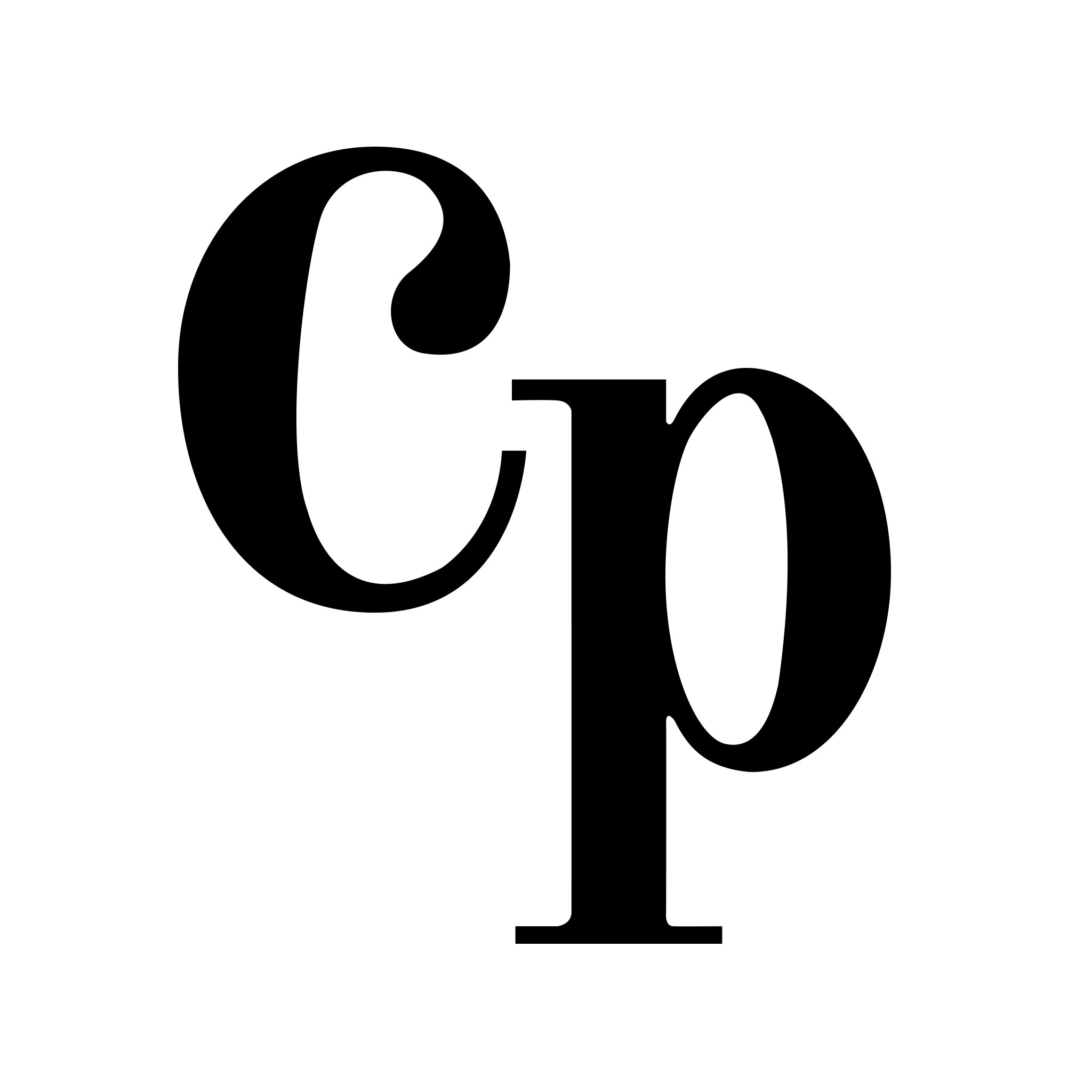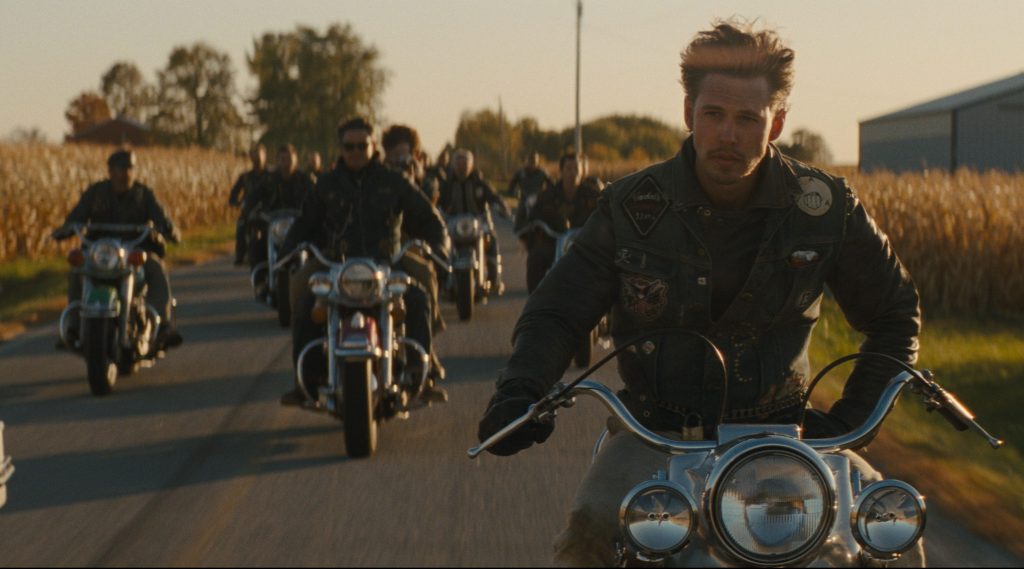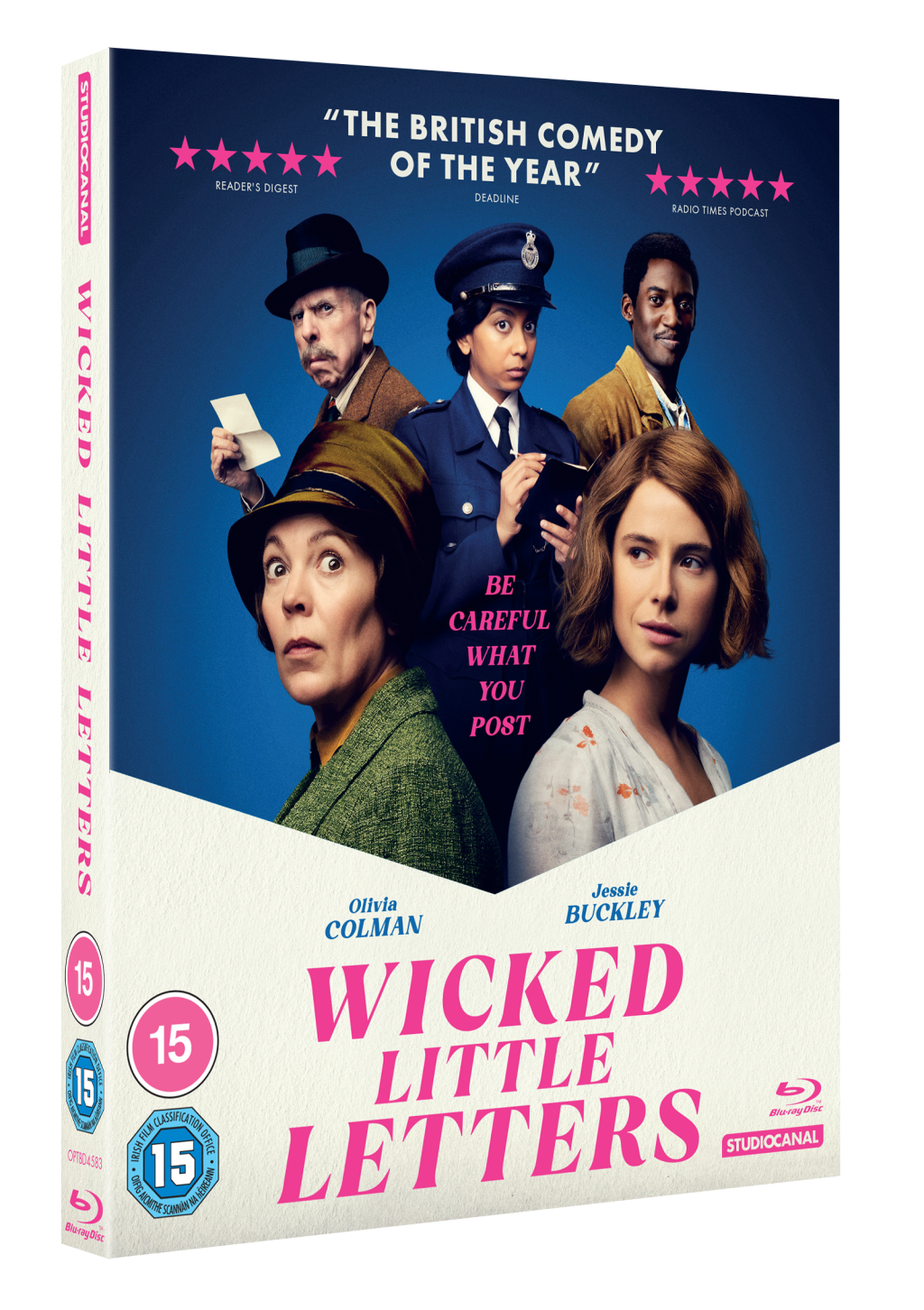Zack Snyder’s DC films have been the subject of some controversy over the years. Both clearly the worst of a very distinctive filmmaker, Man of Steel and Batman v Superman: Dawn of Justice are more violent, dour, and adult-oriented superhero films compared to what most cinemagoers were used to. After mixed reviews and underwhelming box office results, it’s no surprise that Warner Bros Pictures wanted to tailor the long-awaited Justice League film into something more crowd-pleasing. Snyder shot the film – supposedly re-worked from what he’s originally intended, but still with his vision – before departing during post-production, and in an effort to finish the film for its intended November 2017 released, WB brought in Geoff Johns and Joss Whedon to rewrite and reshoot the film. The results were…disappointing, to say the least, and reports of inappropriate on-set behaviour have only strengthened the negative reaction to the theatrical cut. It became clear that no one was happy with the finished production, and #ReleasetheSnyderCut started trending quickly. Alas, it seemed a director’s cut was not to be, until HBO Max greenlit one – with an extra $70 million price tag. Zack Snyder’s Justice League is perhaps the most hyped re-edit of a film ever produced, but is it worth the wait?
The story is still very much the same as the theatrical cut: in the wake of Superman’s death, Batman (Ben Affleck) and Wonder Woman (Gal Gadot) are building together a team of superheroes to take on an incoming other-worldly threat. With Earth left unprotected, Steppenwolf (Ciarán Hinds) and an army of Parademons have arrived to take over but need to locate three Motherboxes – held by the Kingdoms of Atlantis, the Amazons and humankind – in order to do so. It’s up to the Justice League – including Batman, Wonder Woman, Cyborg (Ray Fisher), Aquaman (Jason Momoa) and the Flash (Ezra Miller) – to save the planet.
What’s most interesting about this “Snyder Cut” is how simultaneously similar and different it is to the theatrical release. Many shots and even some scenes are consistent between both versions, albeit with some differences, while most of the film is comprised of unseen material shot during principal photography. The key action sequences are all still present, albeit longer, darker, and less colourful, but most surprisingly there’s quite a bit of humour to the film that I wasn’t expecting. It’s not particularly funny but does provide Justice League with some much-needed levity. Whether this was a direct response to the feedback from Batman v Superman isn’t clear, but it does make Justice League the most enjoyable of Snyder’s DC film trilogy.
There’s still a fair share of issues: the film’s plot is quite messy and perhaps a bit convoluted – throwing in not only three Motherboxes but also a fourth MacGuffin that never gets paid off (which apparently Darkseid left on Earth and just forgot about?). A lot of it feels like style over substance; scenes are staged to seem more dramatic without much interest in motivation or logic, while the key ensemble doesn’t feel quite as developed as they could have been, had they each been given solo films. There are three epilogues at the end of the film, each setting up sequels and spin-offs that will (presumably) never arrive, which kills the pacing somewhat and ends the film on something of a disappointing note. If you’re wondering where Lex Luthor (Jesse Eisenberg), Deathstroke (Joe Manganiello) and the Joker (Jared Leto) fit into this story, they simply don’t – although at least Leto’s performance isn’t as agonisingly awful as it was in Suicide Squad. The decision to bring one particular cast member back for additional filming likely to stir some controversy, as well.
The four-hour running time may be enough to put some viewers off, but the film is mostly well-paced, dedicating a fair amount of time to each character and to building the scope of the story. Ezra Miller’s Flash is still a nice quirky foil to the other characters, while Ray Fisher’s Cyborg really benefits from the extra screen-time. Ben Affleck’s Batman is noticeably more chilled than in the previous film, and gets some fun rapport with Jeremy Irons‘ Alfred, but alas it’s the characters with solo films that feel a bit short-changed. Jason Momoa’s Aquaman was clearly being built-up for his standalone adventure, while Gal Gadot’s Wonder Woman is much more broody and violent than I was expecting (it is implied that she pulverises a man, before smiling at a very well-spoken little girl), and Henry Cavill still feels wasted as a cardboard cut-out portrayal of Superman; his black-and-silver suit looks awful on screen.
Snyder fans will be pleased to see all of his trademarks, including a desaturated colour palette, plenty of slow-motion and over-the-top action set-pieces. His decision to present the film in 4:3 is frankly bizarre, but it does provide the film with a very unique visual aesthetic – even if it would work best in a proper cinema, rather than on a standard 16:9 TV screen. Tom Holkenborg’s score may be a bit too grandiose for its own good, but it does feel more musically consistent with the rest of the series than Danny Elfman’s soundtrack for the theatrical cut. Familiar scenes feel very different with the new score, although the visual effects are still a bit ropey throughout. Steppenwolf may be a more developed and threatening villain this time round, but he still looks like a cartoon character – as do Darkseid (DC’s answer to Marvel’s Thanos) and his minions – and the visual effects on the whole are a very mixed bag, particularly when Diana visits an Amazonian temple.
The end result of Zack Snyder’s Justice League is certainly an interesting look into what the filmmaker had in mind for his DC franchise, but also an indication of just how poorly-handled the theatrical release was. If this version is anything to go by, the film was hardly a disaster to begin with, making the theatrical version’s awkward reshoots seem superfluous in hindsight. It’s definitely not perfect, and if you’re not keen on Snyder’s approach to these classic comic book characters, I doubt that this new Justice League will change your mind, but the director’s cut is definitely the superior version of the film. With some cool action, a lighter tone and a grand scope, Zack Snyder’s Justice League is a solid blockbuster outing for DC’s iconic superhero team – even if the plotting feels a bit messy, the characters a bit underdeveloped, and the final scenes an unnecessary tease for sequels that probably won’t ever see the light of day.











![The Cat And The Canary Blu-ray review: Dir. Paul Leni [Masters Of Cinema]](https://criticalpopcorn.files.wordpress.com/2024/04/image-5.png?w=1024)

![Crimson Peak Limited Edition 4K UHD review: Dir. Guillermo del Toro [Arrow Video]](https://criticalpopcorn.files.wordpress.com/2024/04/crimson-peak-4k-arrow-video-highdef-digest-full.jpg?w=1024)



Post your thoughts